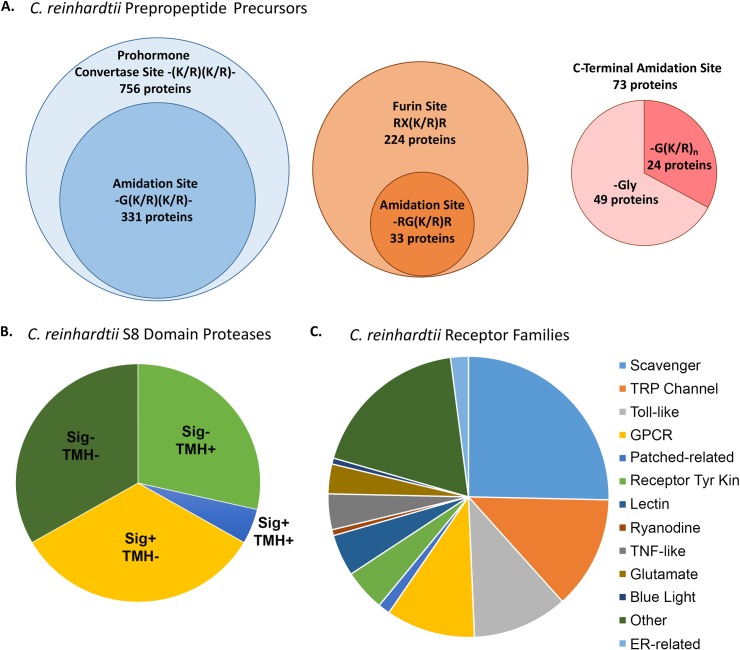Fig 1. The C. reinhardtii genome encodes the proteins required for peptidergic signaling.
A. Potential prepropeptides with predicted prohormone convertase (blue circle) or furin (brown circle) cleavage sites were identified previously [13]; the number that could generate one or more amidated product(s) is indicated by sub-circles. Proteins with potential C-terminal amidation sites were subdivided into those that could be amidated without (pink) or with (red) the participation of a carboxypeptidase B–like enzyme. B. The C. reinhardtii genome encodes 21 subtilisin-like S8 domain-containing proteases that were categorized based on the predicted presence (+) or absence (−) of a signal sequence (Sig) and/or TMH. C. A gene annotation screen identified 146 C. reinhardtii receptors, which were classified into 12 groups on the basis of their putative structure/function. ER, endoplasmic reticulum; GPCR, G protein–coupled receptor; TMH, transmembrane helix; TNF, tumor necrosis factor; TRP, transient receptor potential.

